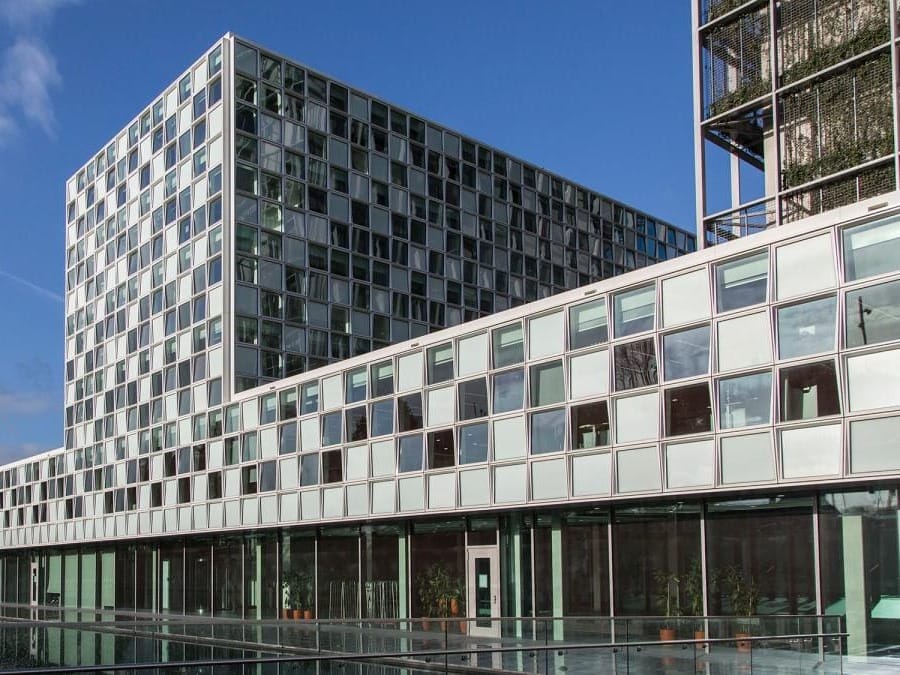GENEVA (AN) — Europe is in the midst of a dangerous heat wave, with record-breaking temperatures sweeping the continent in a stark warning that climate change intensifies heat events faster than many places adapt.
The World Meteorological Organization warned on Tuesday that the extreme heat is a "silent killer," now amplified by global warming, while also cautioning that a cold spell in South America serves as a reminder that low temperatures can also be a health threat.









